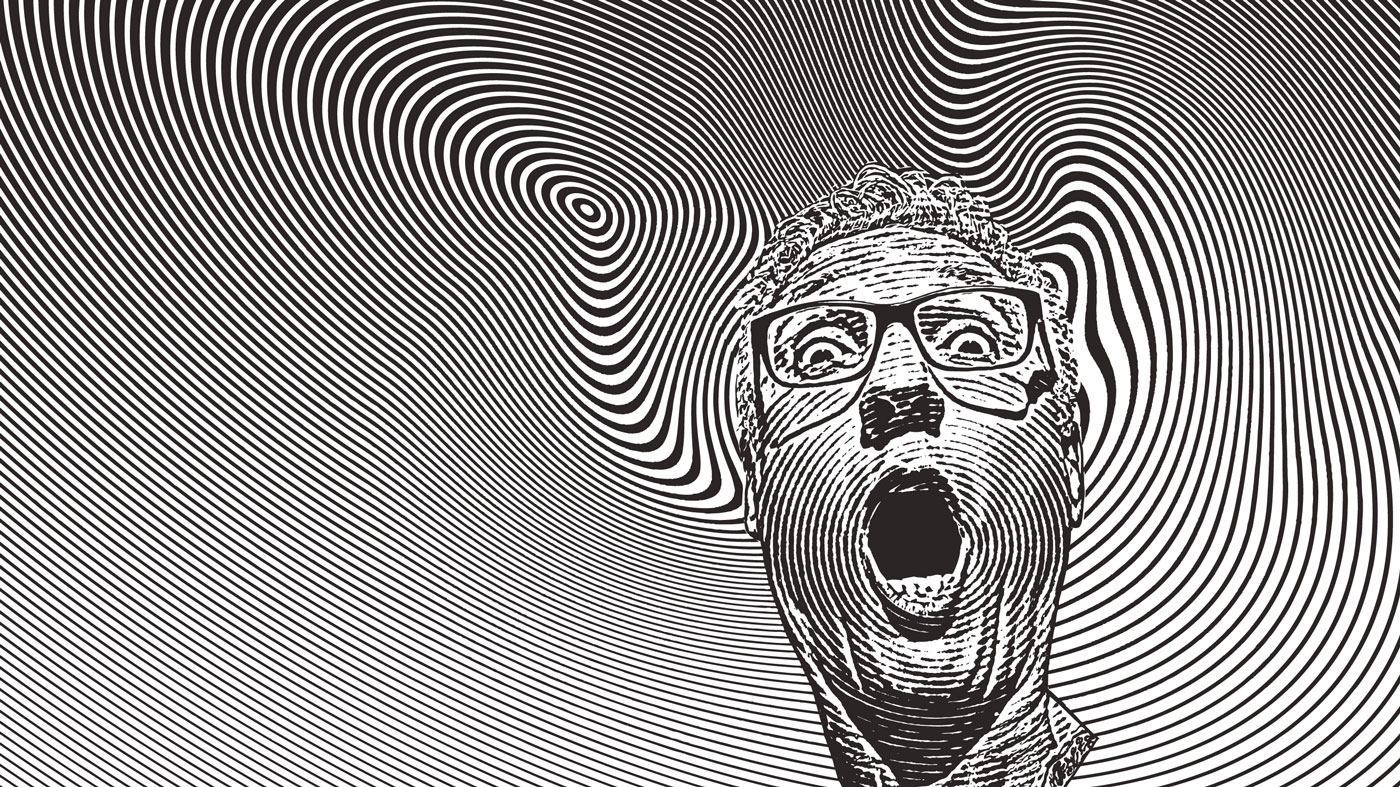Gamification – nuggets of wisdom or fool’s gold?
Gamification is more than a buzzword. Web app entrepreneur Toby Beresford clears up misconceptions and discusses the merits of gamificaction
Gamification, the technique of applying game mechanics outside of games, had a good 2011. Gartner added it to its “hype cycle” together with the “Internet of Things” and “Big Data”. The Oxford Dictionary nearly made it its Word of the Year 2011, but opted instead for "squeezed middle".
Clearly there is plenty of interest around gamification and as usual many gurus abound. But is this another fool’s gold or is there indeed “gold in them thar hills"?
What is and isn't gamification?
Firstly, let us be clear what Gamification is, and what it isn’t. Taking a game mechanic, such as “levelling up” and using this outside of games has been a feature of the loyalty marketers armoury for many years. If you have ever pined for an Amex Gold card or wondered what life would be like as a Harrod’s “black” customer, then you’ve already been successfully gamified. What’s new is the recognition that these loyalty marketing “tiers” are really just like levels in a game.
Gamification, when done well, doesn't even have to feel like a game. LinkedIn uses a "quest" mechanic as web designer Daniel Burka, explained at InControl 2011. You are asked to complete "100%" of your profile. It doesn't look like a game but it helps LinkedIn achieve their objective of getting users to complete their profiles.
Advergames, the use of a casual game to advertise a brand, isn’t really gamification. As in web version of Cut The Rope, a game to advertise Internet Explorer 10’s new HTML5 capacities. The game stands alone and all the mechanics are inward focused – when I do well in the game, I get points but there is no external benefit.
Serious games, admittedly the dull sounding cousin of advergames, is the use of games with a purpose other than entertainment – 3rd World Farmer mimics Farmville while teaching about players about the difficulties of subsistence farming. Because it stands alone as a cohesive unit; third world farmers are not actually helped as a result of you playing the app; it is classified as a game, rather than gamification.
With the definitions out of the way, we may well ask what are the benefits of gamification. Why should we bother?
Daily design news, reviews, how-tos and more, as picked by the editors.
Transparency delights users
Kris Duggan of Badgeville, a gamification platform, formed the company last year after he noticed that people were spending a lot of time trying to funnel user behaviour on a website. He asked “If you have objectives that you want people to do, why don’t you share them with your users?” so Badgeville does just that, it shows the actions on your website that win points which are in turn rewarded with badges. It is up to you to then deliver privileges and rewards to those users based on their badges and points.
You can see this in effect at Samsung Nation where gamification has been used to give customers greater visibility and transparency: they know the impact of their online activity and how it will benefit them. For the website owner, it helps in channelling visitors towards the most desired behaviours, such as registering their Samsung products in this case.
Competition increases engagement
There’s nothing like knowing how others are doing to encourage you to step up your performance. When I go running on Nike + I not only compare my performance with my previous bests, but also complete challenges with friends who are also using the app. Here gamification mechanics, such as points and leaderboards, are applied to personal training, something that was previously just exercise. The benefit is that I end up running more, and for Nike that means I am more likely to need new trainers.
Playfulness gets attention
Why should software be boring? Why should a sign-up form be dull? Game content is often playful, can we bring “play” into our apps?
Stephen Anderson suggested (skip to slide 33) showing registration forms with the fastest sign-up that day. It’s a small tweak to an otherwise dull form, but if it brings a smile to your face, then that translates into greater attention.
In my own web application, Pailz, a workflow tool for small businesses, we reward completed tasks by filling the screen with balloons. It doesn’t change the fact that the work itself might be boring, but it makes it a nicer experience if you’re using the Pailz app to track the work.
So there you have it, gamification can be used for engagement, attention and delight. There is gold to be found in those hills!

The Creative Bloq team is made up of a group of art and design enthusiasts, and has changed and evolved since Creative Bloq began back in 2012. The current website team consists of eight full-time members of staff: Editor Georgia Coggan, Deputy Editor Rosie Hilder, Ecommerce Editor Beren Neale, Senior News Editor Daniel Piper, Editor, Digital Art and 3D Ian Dean, Tech Reviews Editor Erlingur Einarsson, Ecommerce Writer Beth Nicholls and Staff Writer Natalie Fear, as well as a roster of freelancers from around the world. The ImagineFX magazine team also pitch in, ensuring that content from leading digital art publication ImagineFX is represented on Creative Bloq.
